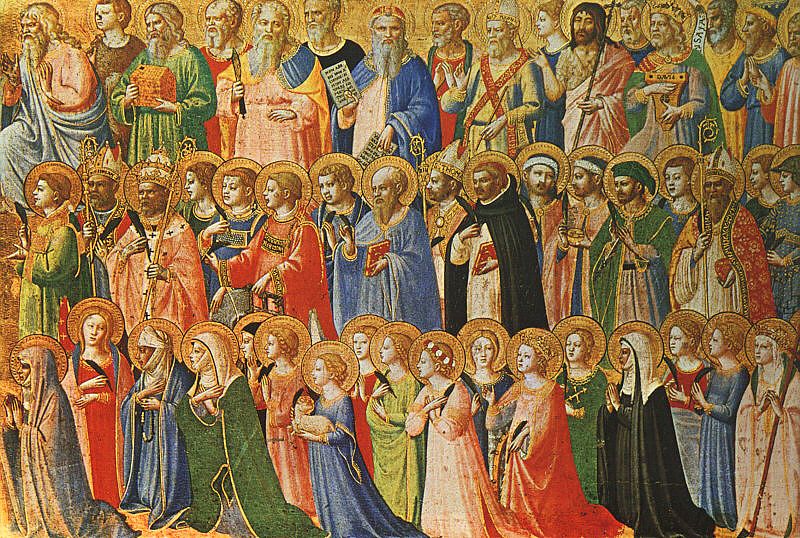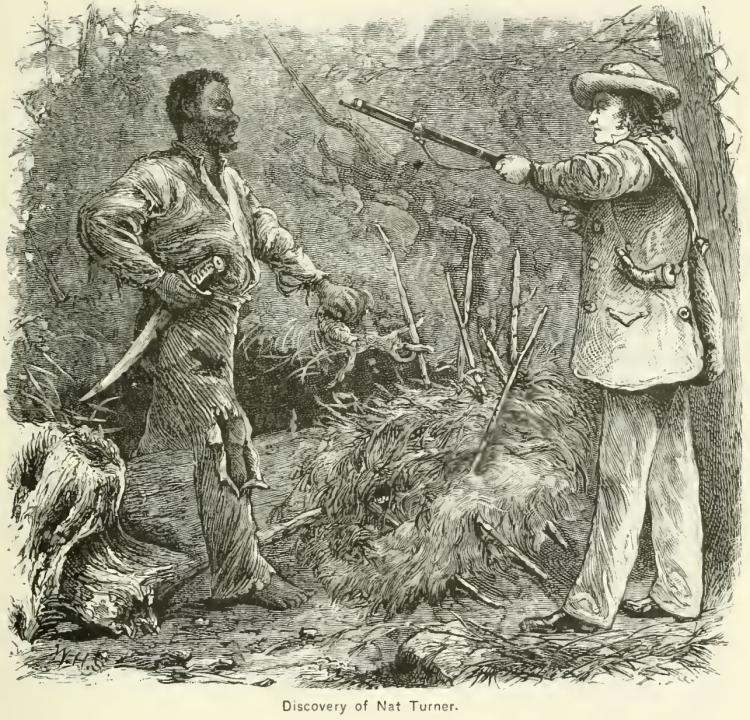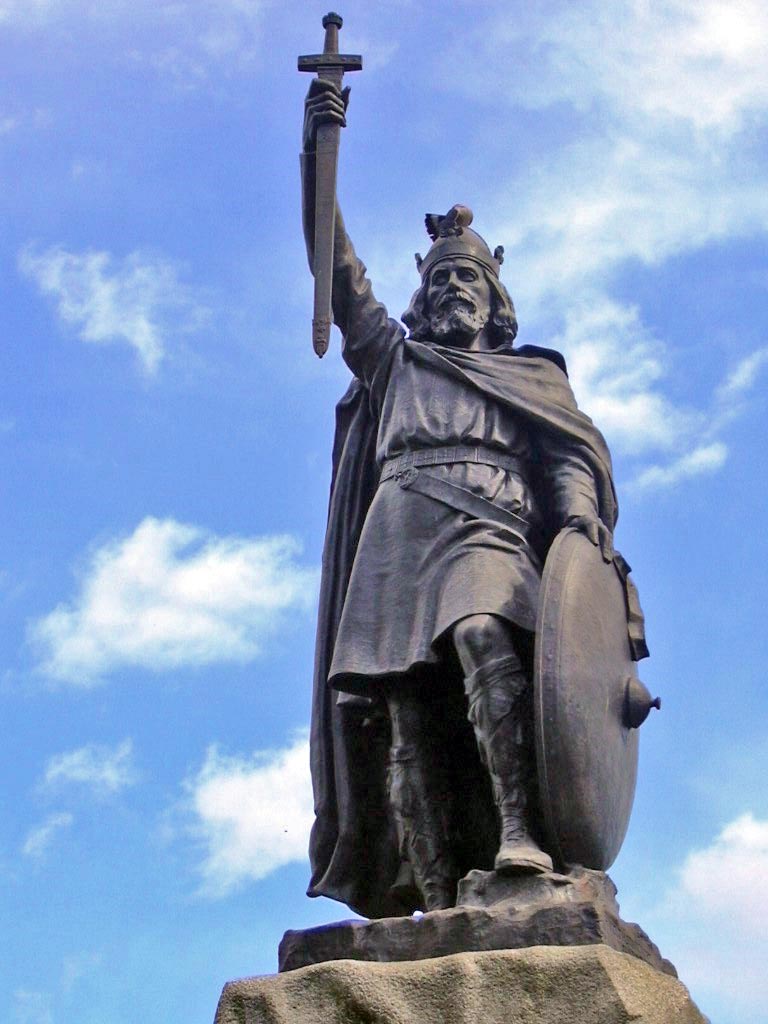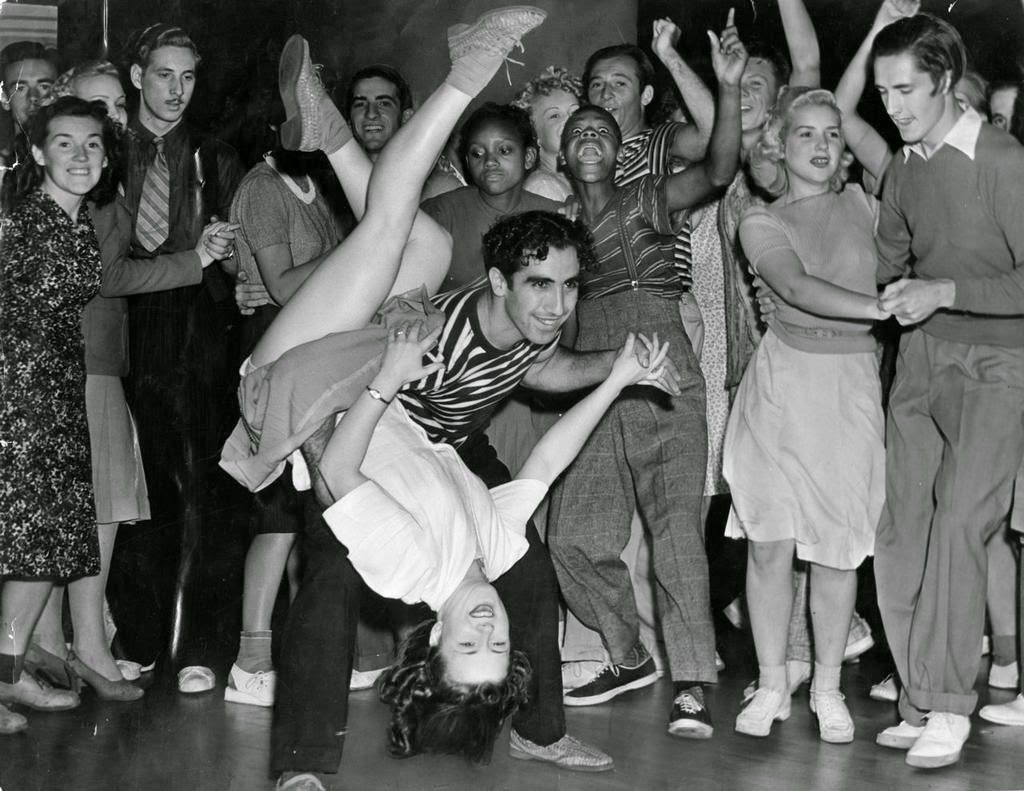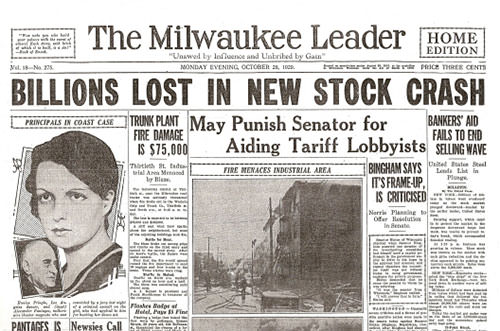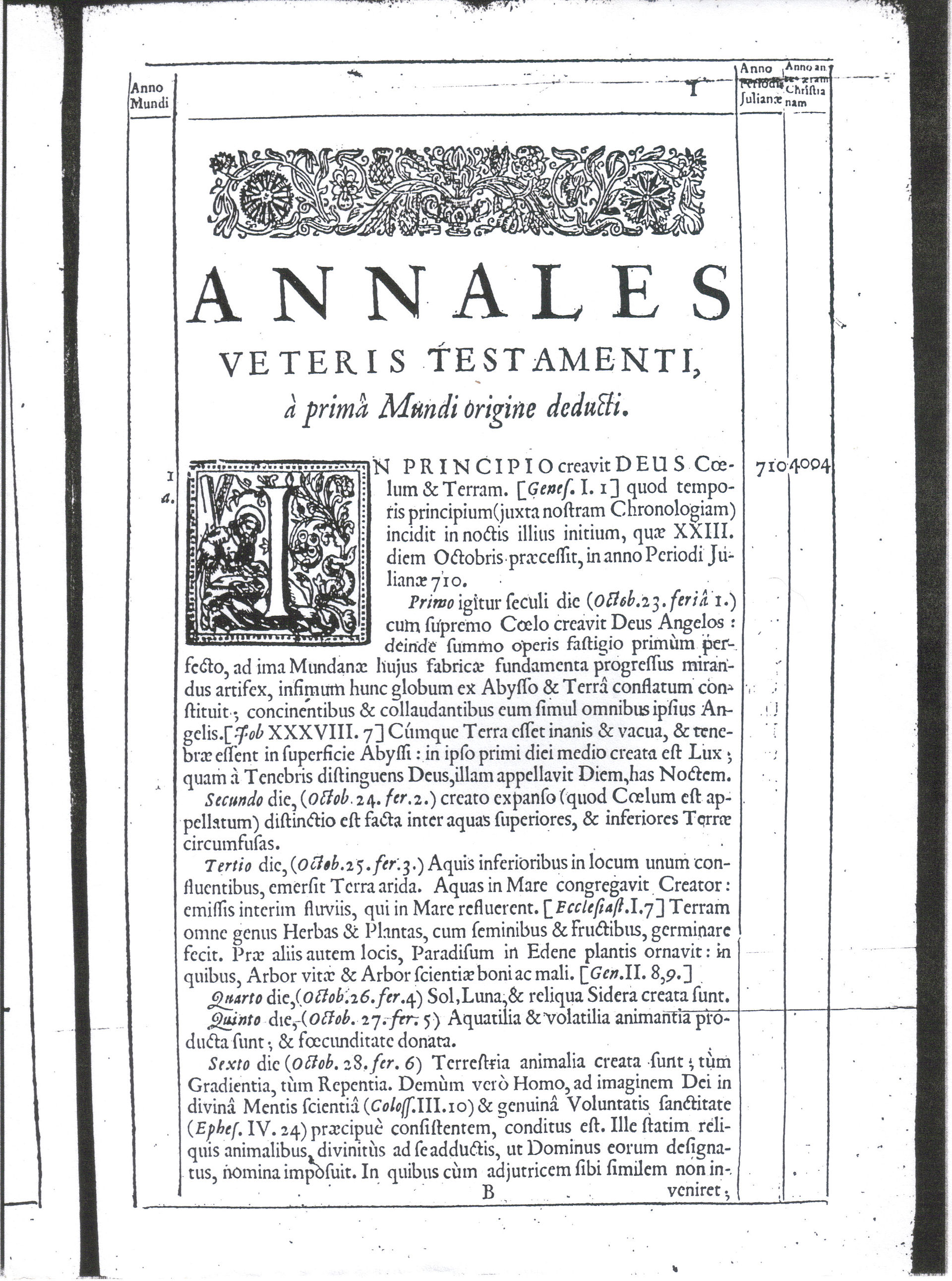1922 Benito Mussolini takes over Italy
Italy after World War I was in terrible shape. The economy was shattered, politic legitimacy was shaky, and hundreds of thousands of disillusioned veterans looked to radical solutions for the country’s problems. There were monarchist paramilitaries, anarchist gangs, peasant violence, Marxist attacks on industrialist and landowners, and the “black shirts” of Benito Mussolini.
Mussolini was born in 1883, the son to a socialist blacksmith. As a student, he would have fit in with Stalin’s turbulent seminary. (Instead of killing teachers, Mussolini stabbed fellow students). He first became a teacher, schoolmaster, then a journalist. As he was growing up, he was not a fascist but a socialist, running his own newspaper called Class Struggle. He then became editor of the official Italian Socialist newspaper called Avanti. Mussolini was a very violent kind of socialist and during WWI he was expelled from the Socialist party for wanting Italy to take part in the war. He left the party and joined the army, where he was wounded.
When Mussolini emerged from the war, he was definitely not a socialist. He and a couple hundred discontents of various brands of returning veterans met in Milan and founded the first of the “Fascist fighting squads”. They banded under two symbols, one was the black shirt, and the other, the fasces — the Roman symbol for authority, consisting of rods bound together with an axe in the middle. These “fascists” wanted an end to democracy and the institution of a totalitarianism: “All within the state, nothing outside the state, nothing against the state.”
In the early 1920s there is widespread violence of the kind that fascists love — thuggery, kidnappings, beatings, murders, sabotage — and conflict between the left wing and the right wing. The fascists seized the opportunity to say that they were the solution to the nation’s disorder. In 1922, Mussolini sent out four fascist columns from different parts of Italy to converge on Rome. They announced long ahead of time that they were going to seize power but none dared hinder their advance. They marched into Rome where the constitutional democracy quickly collapsed and the king Victor Emmanuel III called on Mussolini to form a government. In the Chamber of Deputies, he gave a speech boasting about what a moderate fellow he was.
I am here to defend and enforce to the highest degree the revolution of the black shirts, injecting them intimately into the history of the nation as a force of development, progress, and equilibrium. With 300,000 youths fully armed, fully determined, and almost mystically ready to act at my command. I could have chastised all those who have defamed and tried to hinder fascism, I could have made of this sordid grey assembly hall a bivouac for my squads. I could have kicked out parliament and constructed a government exclusively of fascists. I could have done so, but did not want to, at least not for the present.
Mussolini will rule Italy until his wartime fall in 1943.
